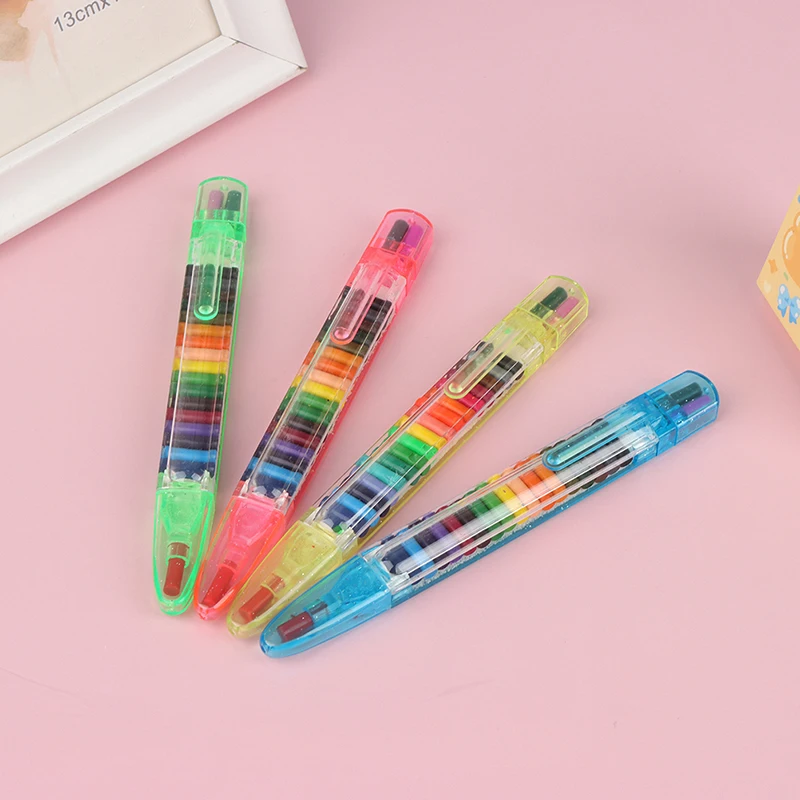1. Understanding the basics of oil pastels
Oil pastels are a versatile medium that offer a wide range of possibilities for artists looking to create vibrant and expressive pieces of art. Whether you are a beginner looking to explore the world of oil pastels or a seasoned artist looking to master new techniques, this blog is for you.
In this comprehensive guide, we will cover everything from the basics of oil pastels to advanced techniques that can take your artwork to the next level. With step-by-step instructions, professional tips, and insights into brand marketing for oil pastels, you will be equipped with the knowledge and skills needed to create stunning masterpieces. Join us on this artistic journey as we delve into the world of oil pastels and unlock your full creative potential.
2. Essential tools and materials for oil pastel artwork
To create captivating oil pastel artwork, having the right tools and materials is crucial. Here are some essentials to have in your arsenal:
1. Quality Oil Pastels: Invest in a good set of oil pastels with a wide range of colors to unleash your creativity.
2. Paper: Choose a textured and heavyweight paper specifically designed for working with oil pastels.
3. Blending Tools: Consider using blending stumps, tortillons, or your fingers to blend and create smooth transitions.
4. Fixatives: Use a fixative spray to protect your finished artwork from smudging and ensure longevity.
5. Palette and Palette Knife: Utilize a palette for mixing colors and a palette knife for blending and applying the pastels.
Stay tuned for our next section on fundamental techniques for working with oil pastels!
3. Techniques to achieve different effects with oil pastels
Techniques to achieve different effects with oil pastels are fundamental for mastering this medium. Experiment with layering colors to create depth and richness in your artwork. Try scumbling by applying layers of pastel in a circular motion to achieve a soft and blended effect. For a more defined look, sgraffito involves scratching through layers of pastel to reveal the underlying colors. Additionally, stippling, where you apply tiny dots of color to build texture, can add interest and detail to your pieces. Stay tuned for our step-by-step guide on how to execute these techniques effectively and elevate your oil pastel creations.
4. Tips for beginners to enhance their oil pastel skills
:- Start by using a limited color palette to understand color blending and layering.
– Experiment with different papers to find the one that works best for your preferred techniques.
– Practice blending colors smoothly by using your fingers or blending tools.
– Explore different pressure levels when applying pastels to create various effects.
– Study the works of experienced artists using oil pastels for inspiration and guidance.
– Keep your pastels organized and clean to maintain their quality.
By following these tips, beginners can quickly improve their oil pastel skills and progress in their artistic journey. Stay tuned for more helpful insights in mastering oil pastels.
5. Step-by-step guide to creating a masterpiece with oil pastels
– Choose a subject or image that inspires you and aligns with your skill level.
– Sketch a rough outline of your composition on your selected paper using a light-colored pastel.
– Begin blocking in the base colors and shapes, focusing on general proportions.
– Gradually build up the layers of colors, textures, and details to add depth and dimension to your artwork.
– Use blending techniques and various pressure levels to achieve desired effects and smooth transitions between colors.
– Pay attention to light and shadow to create a sense of realism and depth in your piece.
– Fine-tune your masterpiece by adding intricate details and refining highlights and shadows.
– Step back occasionally to assess your progress and make necessary adjustments.
– Sign your completed artwork proudly and share it with the world.
With dedication and practice, you can create stunning oil pastel masterpieces. Keep honing your skills and exploring new techniques to enhance your artistic abilities further. Watch out for our next blog post highlighting advanced oil pastel techniques.
6. Building a portfolio and showcasing your oil pastel artwork
Building a portfolio is crucial for showcasing your oil pastel creations. Select your best pieces that showcase your growth and skills. Consider presenting a variety of subjects, styles, and techniques to demonstrate your versatility. Invest in high-quality photographs or scans to capture the details and colors accurately. Create an online portfolio or physical portfolio book to display your work professionally. Don’t forget to include a brief artist statement highlighting your inspiration and style. Prepare to share your portfolio with art galleries, potential clients, or on social media platforms. Stay tuned for our next blog segment on networking and promoting your oil pastel artwork effectively.
7. Continuing to grow and master the art of oil pastels
Continuing to grow and master the art of oil pastels is a lifelong journey of exploration and practice. Experiment with new techniques, color combinations, and subjects to expand your artistic repertoire. Attend workshops, watch tutorials, and seek inspiration from other artists to keep evolving. Don’t be afraid to make mistakes; they are an essential part of the learning process. Dedicate time regularly to practice and refine your skills. Remember, mastering oil pastels is a continuous process that requires patience and persistence. Stay committed to honing your craft and pushing your creative boundaries. Stay tuned for more expert tips to enhance your oil pastel journey.


